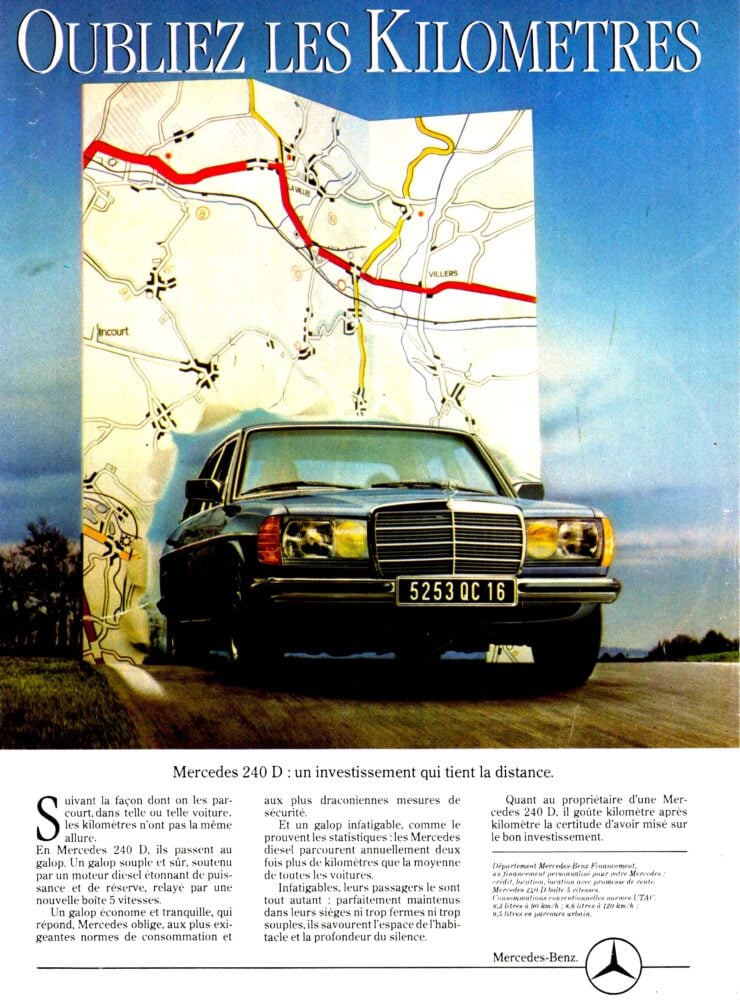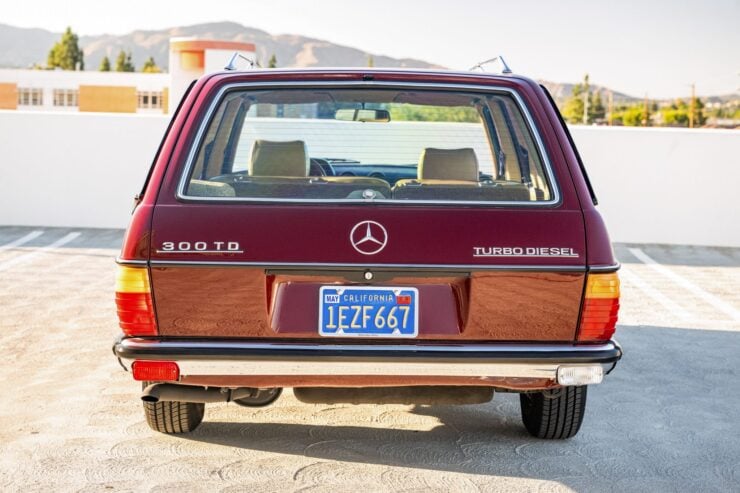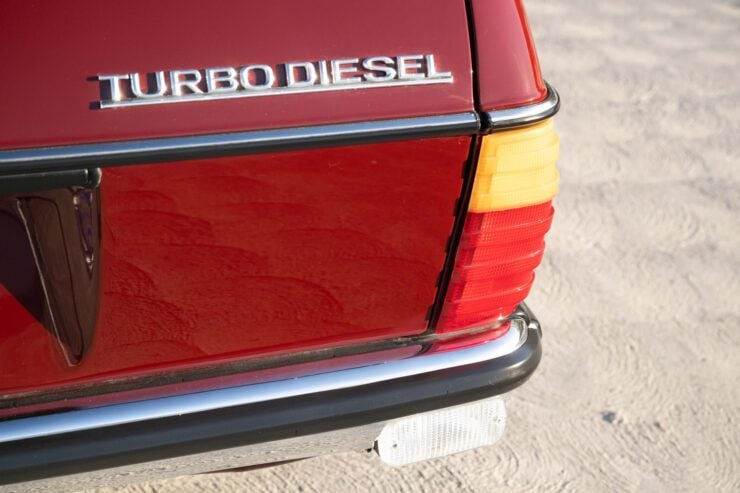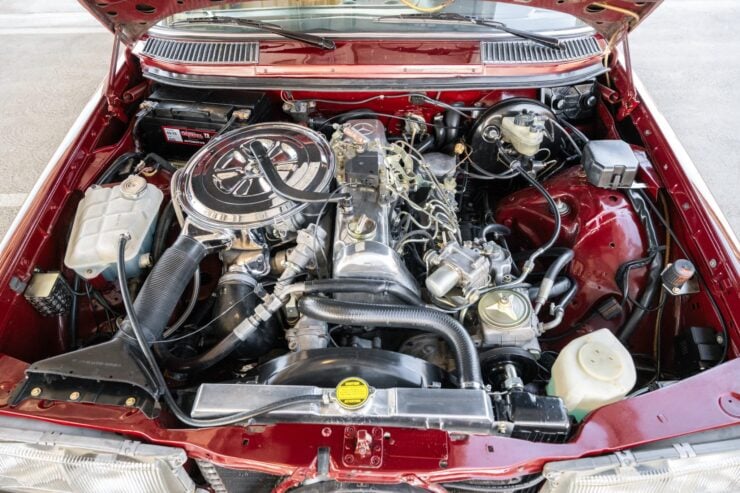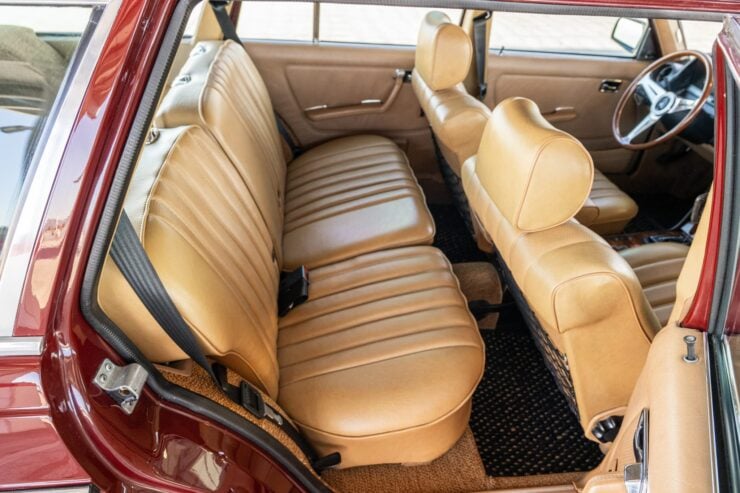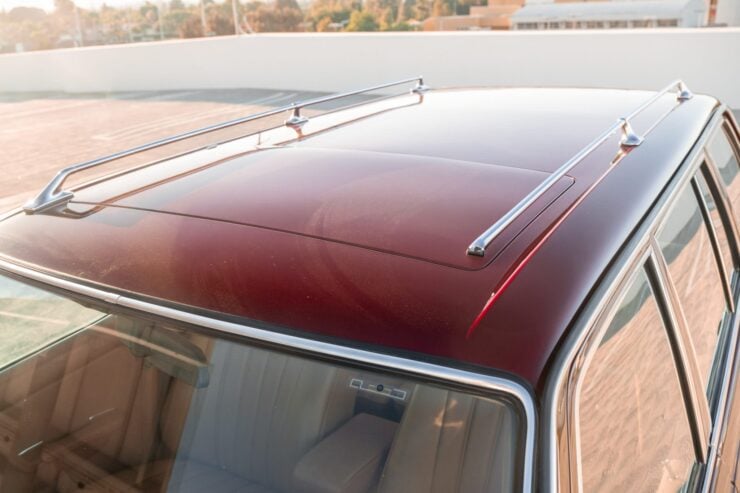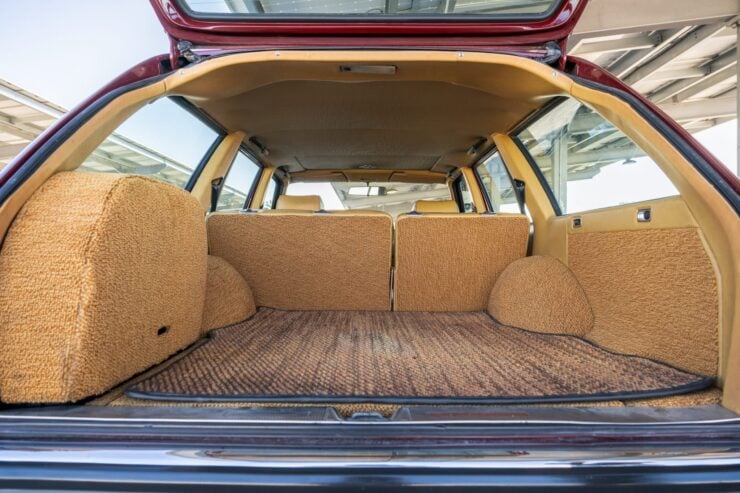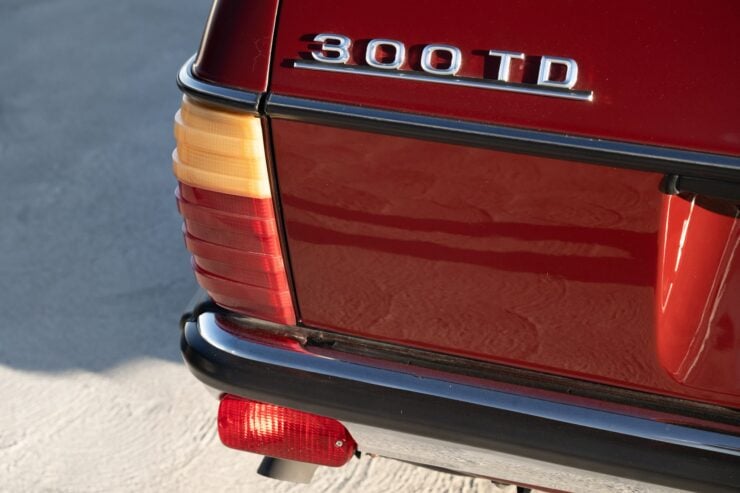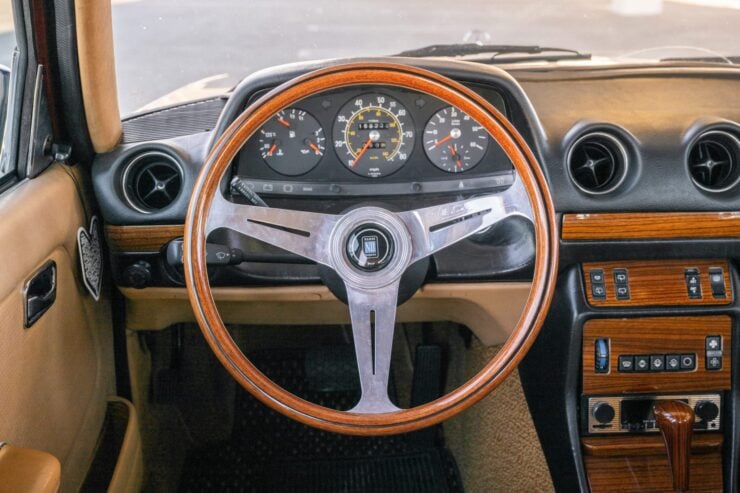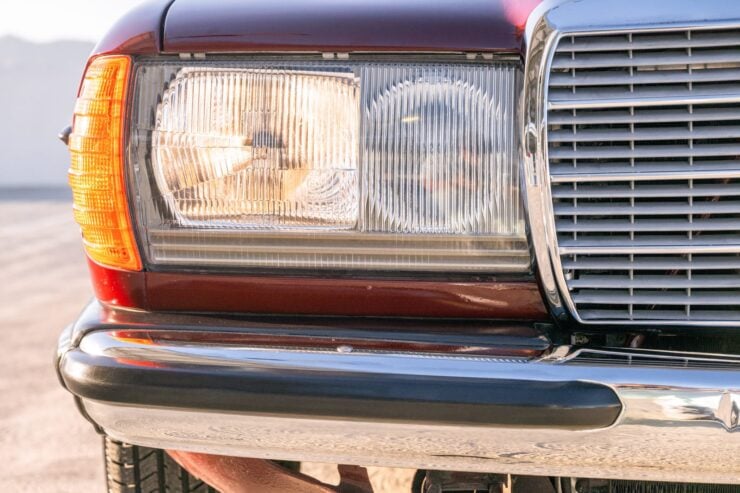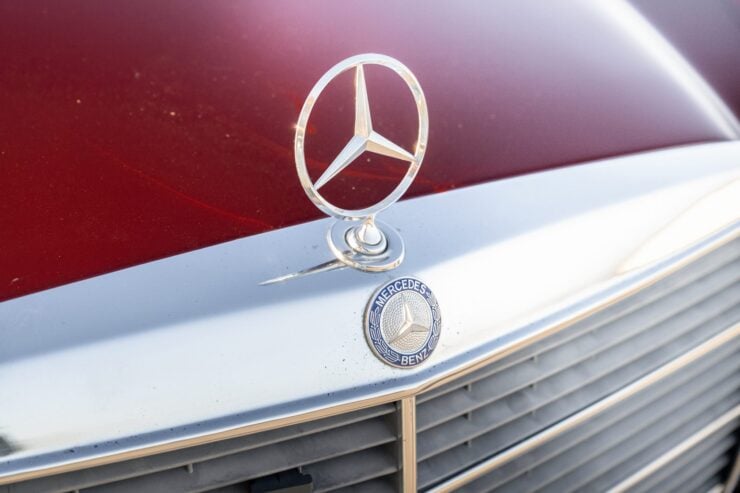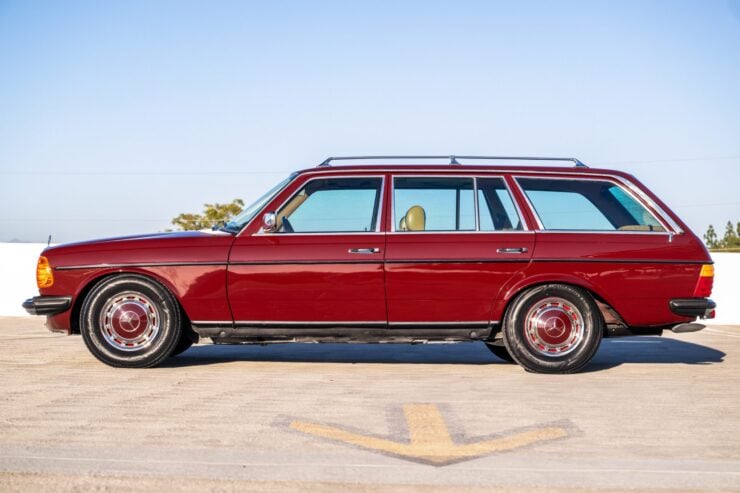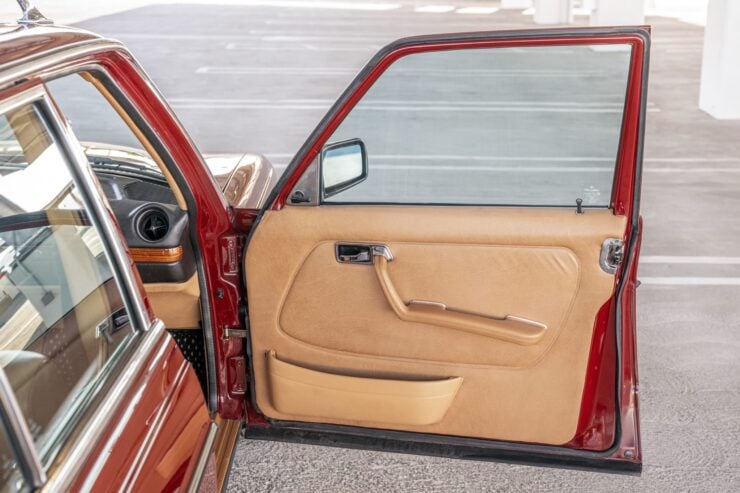This beautifully-presented 1982 Mercedes-Benz 300TD Turbo represents an excellent surviving example of one of the most desirable station wagons ever to reach production.
Both the naturally-aspirated and turbocharged versions of the diesel Mercedes-Benz W123 became legendary in their own lifetimes for their extreme reliability and longevity – with some examples surpassing one million miles with just regular servicing and maintenance.
Fast Facts: The Mercedes-Benz 300TD Turbo
- The Mercedes-Benz W123 series was produced from 1976 to 1986, and it became an icon of reliability – with diesel variants like the OM617A turbocharged engine in the 300D Turbo achieving legendary longevity. Designed as a “world car,” it incorporated lessons from the W116 S-Class, prioritizing safety, durability, ease of service, and adaptability to vastly different climates and fuel qualities.
- The 300D Turbo, introduced in 1979, was the first mass-market passenger car to combine a turbocharger with a diesel engine. With 125 bhp, it offered a significant performance boost over naturally aspirated models while retaining mechanical simplicity. Cast-iron parts and mechanical fuel pumps contributed to exceptional durability, making it popular with taxi fleets, families, and long-distance drivers worldwide.
- The S123 estate version debuted in 1977, combining large cargo capacity with diesel efficiency, quickly gaining popularity in Europe, Africa, the Middle East, and North America. Many examples surpassed one million kilometers with basic servicing. In the US, the 300D Turbo’s 30+ mpg economy and Mercedes prestige appealed strongly during the fuel crises of the late 1970s and early 1980s.
- The 1982 300TD Turbo shown here is finished in Orient Red with Euro-spec headlights, bumpers, and steel wheels with body-colored hubcaps. Originally a California car, it has received a coil-spring conversion, rebuilt transmission, machined cylinder head, and other mechanical updates. The Palomino interior has Coco mats, a retro stereo, and factory options including a sunroof, cruise control, and Bilstein shock absorbers. It’s offered with service records, original plates, and a clean title.
History Speedrun: The Mighty Mercedes W123 Diesels
The W123 was designed during a period when Mercedes was transitioning from the upright, formal lines of the 1960s into a more aerodynamic, modern design language. Safety, reliability, and ease of service were top priorities – as was world class engineering and longevity.
Above Video: This 1970-era ad for the Mercedes-Benz 300TD station wagon shows how clearly it was marketed at regular sedan owners looking for a more car-like handling experience than was offered by many of the larger, heavier American station wagons of the time.
Engineers integrated lessons from the flagship W116 S-Class, including deformable crash structures, a strengthened passenger cell, and improved suspension geometry for better handling. The unibody chassis was longer and wider than its predecessor, offering more interior space and stability, with little in the way of a weight penalty.
Mercedes planned the W123 as a “world car” from the outset – it had to be adaptable to different fuels, climates, and maintenance conditions. This meant engineering it with unusually generous tolerances, tough materials, and overbuilt parts throughout – choices that would come to define the W123 series long-term reputation.
While petrol engines remained available and were popular with buyers, it was the diesel variants that quickly became the cars that really seemed to last forever, and these are the cars we’re mostly going to focus on in this article.
At launch, buyers could choose from the four-cylinder OM615 2.0 (200D) and OM616 2.4 (240D) diesel units. The five-cylinder OM617 3.0 (300D) diesel soon followed, offering smoother running and more torque. These naturally aspirated diesels were slow by contemporary standards, the 240D, for example, produced just 65 bhp, but they were almost impossible to wear out so long as they got regular scheduled maintenance.
In 1979, Mercedes introduced the OM617A turbocharged diesel in the 300D Turbo, primarily for the North American market. With 125 bhp, it transformed the W123 diesel into a genuinely capable highway cruiser while retaining its bulletproof reputation for unflinching reliability. It was the first passenger car to pair a turbocharger with a diesel engine for mass-market sale, marking a key turning point in diesel engine history.
The W123 came in several forms – the standard four-door sedan (W123), the coupe (C123), and the estate wagon (S123), the latter debuting in 1977. Diesel power was offered across these body styles, making the W123 one of the few cars of its era where buyers could opt for a diesel coupe or a station wagon. The estate, particularly in diesel form, became popular with taxi fleets and families alike thanks to its fuel economy and cavernous interior space.
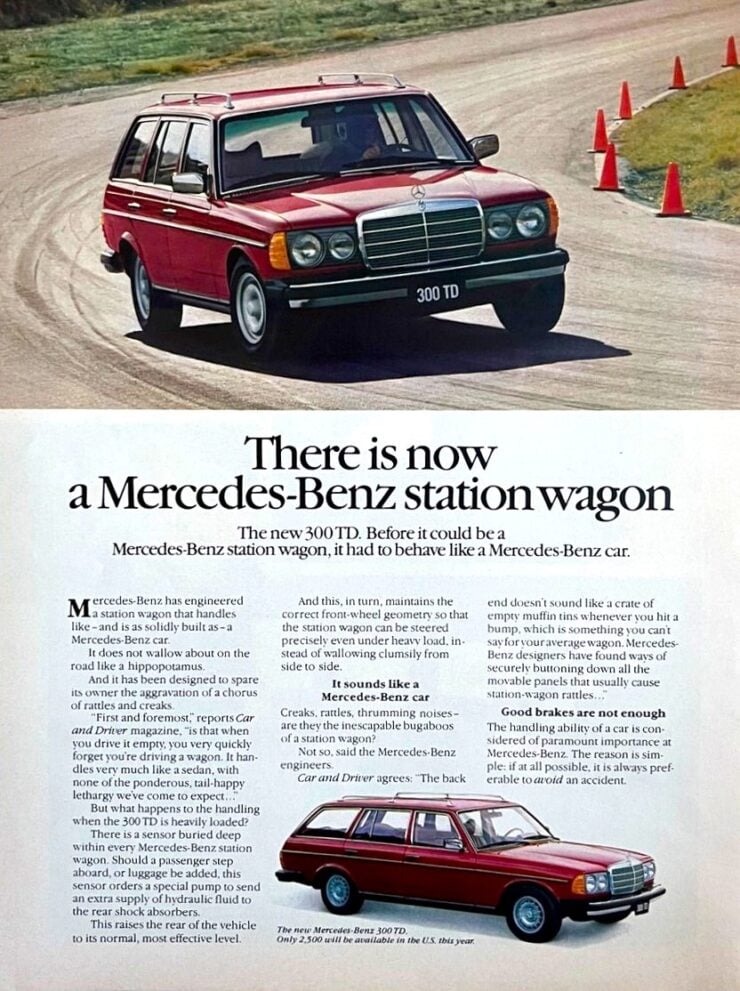

Mercedes exported the W123 to over 100 countries, in Europe, they were widely used as taxis, with examples exceeding 1,000,000 kms without major overhauls. In Africa and the Middle East, their ability to handle poor fuel quality, questionable maintenance, and extreme use made them the vehicle of choice for long-distance travel for many. In fact, many of them are still on the road in Africa to this day.
The W123 soon also developed a loyal following in North America, where the 240D and 300D Turbo became fixtures in suburban driveways. Their economy, often achieving 30 mpg or more, combined with Mercedes’ reputation for engineering and prestige made them a premium but decidedly practical choice during the oil crises that struck in the 1970s and early 1980s causing huge spikes in fuel prices worldwide.
Part of the W123 diesel’s endurance lay in its conservative engineering. The OM616 and OM617 engines used cast-iron blocks and heads, forged crankshafts, and low-stress operating parameters. Indirect injection and mechanical fuel pumps meant fewer electronic components to fail, and their low compression stresses extended individual component lifespans. Gearboxes, whether 4-speed manual or 4-speed automatic, were similarly overbuilt and seemingly able to last forever.
Ease of maintenance was another key design feature – parts like fuel filters, injectors, and glow plugs were easy to reach, making servicing straightforward even in remote regions with only simple hand tools. The suspension used tough steel arms and subframes, and corrosion protection was significantly improved over earlier Mercedes models.
This has all led to a long-running joke in Mercedes W123 diesel collector circles, that the only things left alive on earth after a nuclear apocalypse will be cockroaches, Keith Richards, and Mercedes 300Ds.
The 1982 Mercedes-Benz 300TD Turbo Shown Here
The car you see here is a 1982 Mercedes-Benz 300TD Turbo that was originally factory finished in Orient Red, a color which has been reapplied again more recently with a new paint job. The car has the more attractive Euro-spec headlights and bumpers with rubber trim, as well as steel wheels with body-colored hub caps.
This is said to have been a California car from when it was new in 1982 through its 2017 purchase by the current owner and now seller. Since that acquisition it has received a coil-spring conversion kit, the transmission has been rebuilt, the cylinder head was machined, and it has a new battery, new radiator hoses, and a new crankshaft sensor.
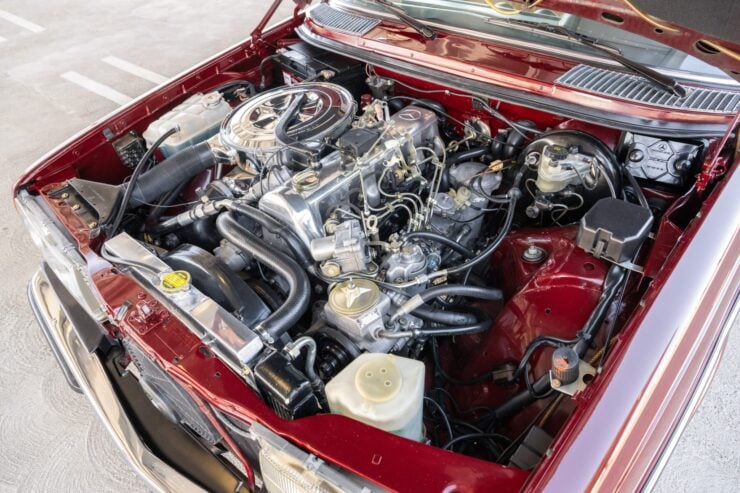


Inside you’ll find Palomino upholstery, Coco floor mats, a retro-style stereo, and automatic climate control. It also has a sunroof, a power antenna, roof rails, Bilstein shock absorbers, power windows, and cruise control.
The car is now being offered for sale out of Chatsworth, California with its blue and yellow California license plates, service records, a repair manual, a Carfax report, and a clean California title in the seller’s name. If you’d like to read more or place a bid you can visit the listing here.
Images courtesy of Bring a Trailer


